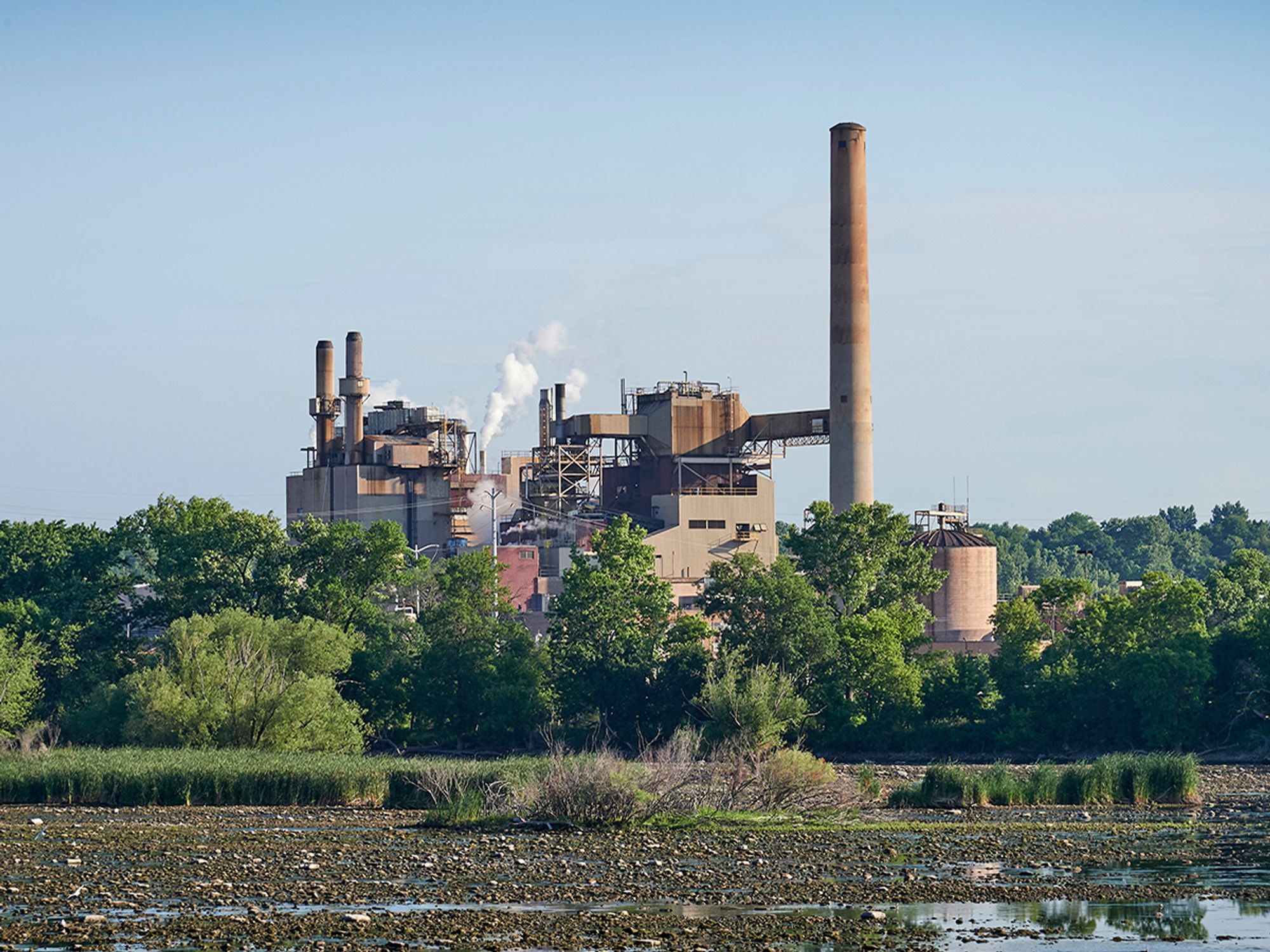What key definitions/terms apply?

- Various definitions aid in understanding renewable and alternative energy.
Biofuels: Liquid fuels and blending parts made from biomass feedstocks, utilized mainly for transportation.
Biochar: A type of charcoal made by burning biomass (organic material) in an environment that is low oxygen. This process changes the carbon in the biomass to a kind that withstands decay.
Biogenic: Made by biological actions of living organisms.
Biomass gas: A medium British thermal unit (Btu) gas with methane and carbon dioxide. It arises from microorganisms acting on organic matter such as a landfill.
Biomass waste: Organic non-fossil matter that is a byproduct or a rejected product. Biomass waste includes community solid waste from biogenic origins, gas from landfills, sludge waste, byproducts from agricultural crops, straw, and further biomass solids, liquids, and gases. It does not include wood and wood-derived fuels, biofuels feedstock, biodiesel, and ethanol fuel.
Cells: Un-enclosed semi-conductor parts of the module that turn solar energy into electricity.
Conventional hydroelectric plant: A plant in which all the power is made from natural streamflow as managed by accessible storage.
Green power: Electricity that is produced from renewable energy sources.
Green pricing: It signifies a solution to the different problems related to regulatory cost of the nonmarket renewables’ benefits. Green pricing programs help electricity consumers show their desire to buy renewable energy development through payments on their utility bills each month.
Heat pump (geothermal): A heat pump in which the refrigerant trades heat with a fluid flowing through the ground or ground water. The fluid is held in various loop (pipe) configurations based on ground temperature and available ground area. Loops can be installed in the ground horizontally or vertically or immersed in a water body.
Net metering: A metering and billing arrangement made to compensate distributed energy generation system owners for any generation that is sent out to the utility grid.
Photovoltaic cell (PVC): An electronic device with layers of semiconductor matter created to develop layers of materials with various electronic traits and contacts that can turn incident light into electricity.
Photovoltaic module: A meeting of connected photovoltaic cells that bring a chosen level of voltage and current.
Solar thermal panels: A system that concentrates thermal energy coming from the sun through solar collector panels. The panels usually have large, sun-oriented boxes with clear covers, with water tubes of air baffles under a black-colored heat absorbent panel. The energy is generally used for space heating and water heating.
Water turbine: A turbine that utilizes water pressure to turn its blades. The main kinds of water turbines are the Pelton wheel, for high pressure, the Francis turbine, for low to medium pressure, and the Kaplan for a large span of pressure. These are mainly used to power electric generators.
Wind power plant: A collection of wind turbines connected to a utility system through an arrangement of transformers, distribution lines, and typically one substation.
Wind turbine: Wind energy conversion apparatus that makes electricity. It usually has three blades that turn about a horizontal axis and that is positioned up-wind from the supporting tower.
